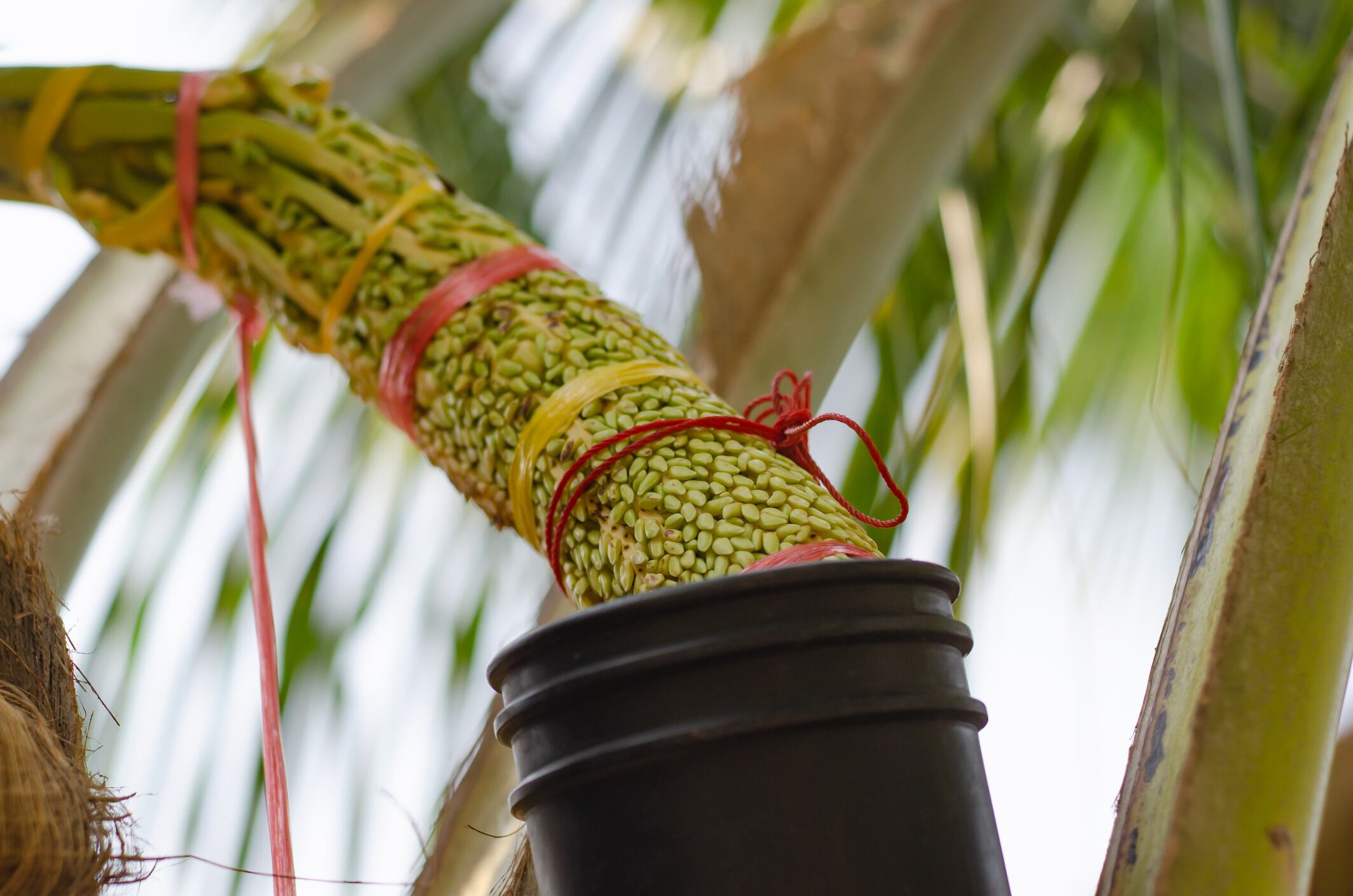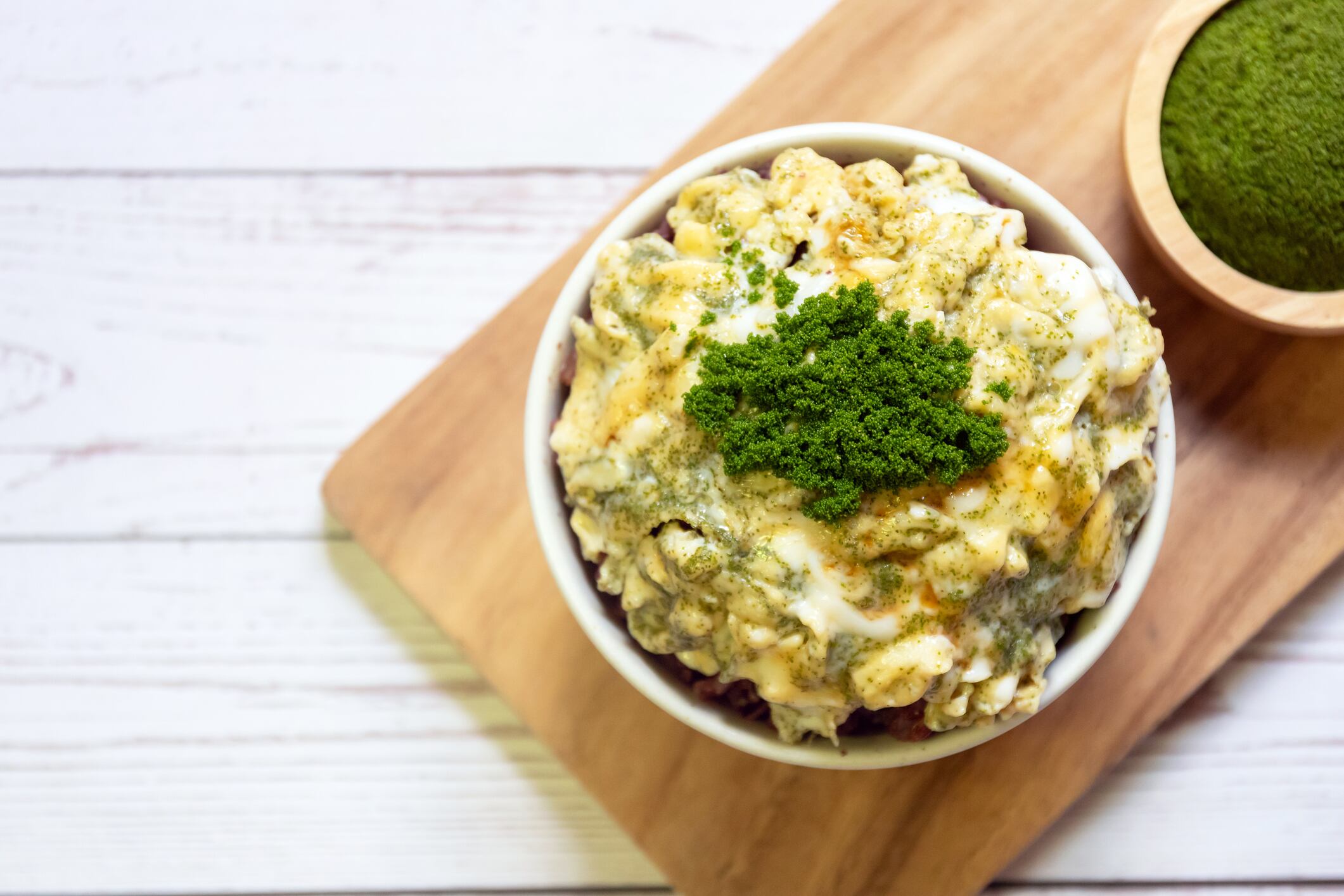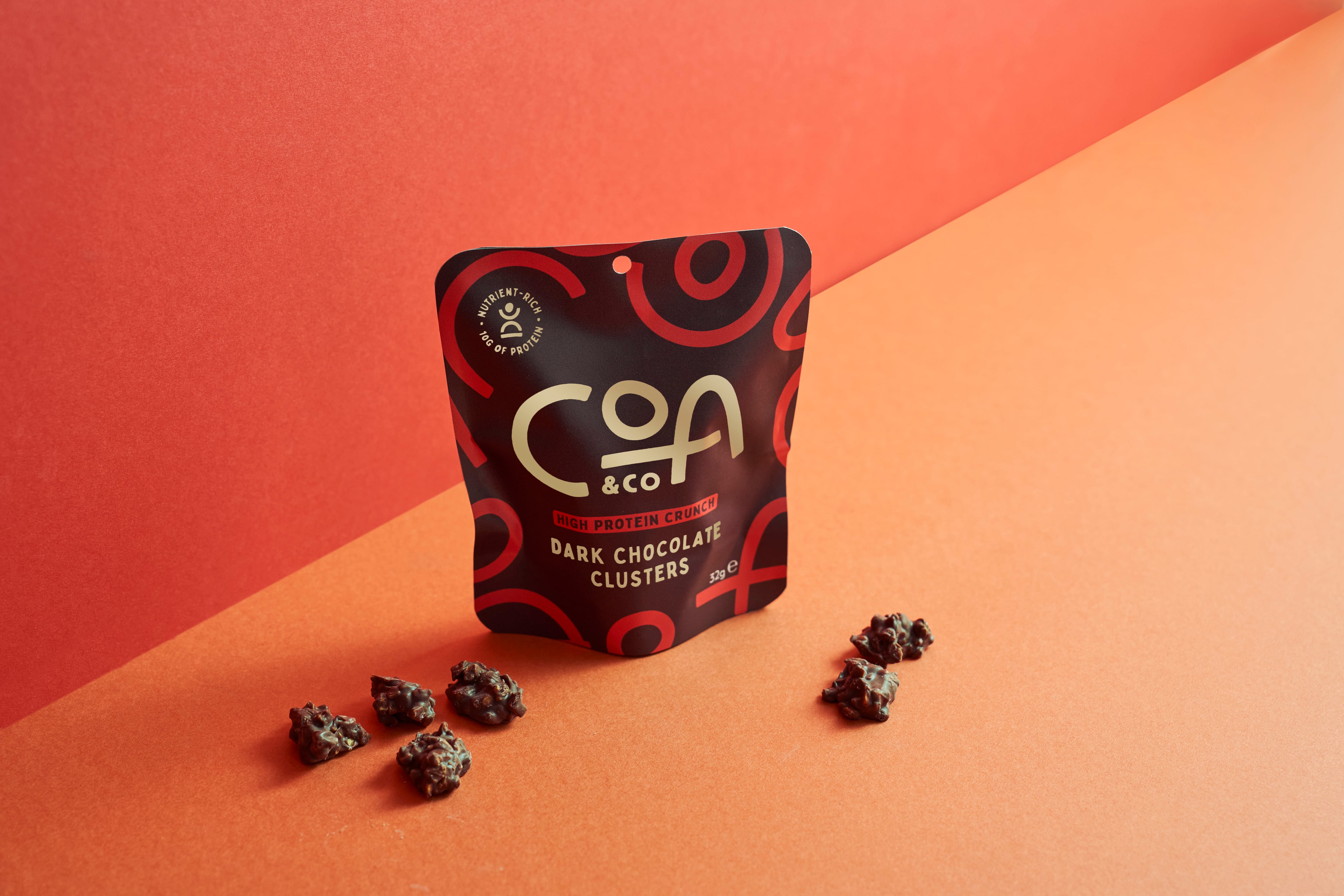Demand for sustainable and traditional nutrient-rich foods for ageing populations is fuelling functional food growth in Asia Pacific.
Here are four functional ingredients that stood out at Fi Asia 2025, held at Bangkok’s Queen Sirikit National Convention Center from 17–19 September.
1) Coconut flower nectar

Also known as coconut sap, this natural sweetener is extracted from the sap of the flower buds from coconut trees.
It is nutrient-rich in vitamins and minerals, including B vitamins, potassium, zinc, and iron, according to Thai firm Chiwadi, which specialises in coconut flower nectar.
Additionally, it has a low glycemic index, making it a good natural sugar alternative for blood sugar management.
Coconut flower nectar is highly versatile and can be applied across beverages, sauces, and baked goods.
It also includes other health benefits such as weight management and an antioxidant boost.
Coconut flower vinegar, for example, contains probiotic properties that can aid detoxification and gut health, said Supachavadee Siripan, Chiwadi’s business development manager.
The sap can also be used to make coconut amino and vegan fish sauce, which is ideal for marinates, stir fries, or salad dressings, said Siripan.
The natural benefits of the coconut flower nectar is better retained if harvested at dawn – an age old practice that is not only rooted in tradition, but also ensures greater quantity of sap for collection. Furthermore, the lower temperatures during the early morning hours will help to better preserve the nectar’s freshness and nutrients.
2) Wolffia – Asian watermeal

Wolffia is a traditional Thai superfood, known locally as Pham.
It is a member of the Lemnaceae (duckweed) family and is increasingly recognised as a sustainable superfood source.
Global start-ups such as UK’s DryGro, Japan’s Aj by Ajinimoto, USA’s Parabel, and Israel’s Hinoman have invested in farming wolffia to reap its high nutritive value.
“Wolffia is packed with high quality protein with minimum fat, starch, and calories. It is also loaded with powerful antioxidants, as well as vital minerals such as iron, calcium, zinc, and key vitamins A, C, E, K, and B-complex,” said chief technologist Dr Metha Meetam at Flo, a Thai firm focusing on Wolffia products.
Like the coconut flower nectar, wolffia can be used in beverages or added to foods – such as smoothies and cakes – to enhance taste and nutrition.
A spoonful of Wolffia provides nutrients equivalent to a bowl of salad, said Dr Meetam.
Nutrition profile of 1 spoonful wolffia
Protein from 360ml almond milk
Copper from 8 spears of asparagus
Zinc from 2 cups of green peas
Calcium from 2 cups spinach
Vitamin B12 from 9 eggs
Vitamin A from 27 baby carrots
Fibre from 4 celery sticks
Iron from 5.5 cups broccoli
Source: Dr Metha Meetam, chief technologist at Flo
3) Freshwater marine collagen and gelatin

Marine collagen peptides are generally considered more bioavailable than those from bovine sources. They are commonly used in nutraceutical supplements for bone, joint, and skin health.
Marine gelatin – a cooked form of collagen – is suitable for capsules as well as food and beverage applications.
Both can be sustainably produced as demonstrated by Vietnamese seafood firm Vinh Hoan, which created the Vinh Wellness brand to valorise its byproducts from its aquaculture operations.
The firm extracts collagen from its own farm-raised freshwater fish – pangasius hypophthalmus – which it claims to have advantages over collagen from ocean fish.
“Freshwater fish imparts less smell and off notes and are lower in sodium compared to collagen from ocean fish,” said Angella Wong, who manages marketing and advertising at Vinh Hoan.
“Additionally, gelatin derived from pangasius has a unique amino acid profile. It contains a high amount of glycine, proline, and hydroxyproline, representing around 50% of total amino acids.”
Because it is free from pork and beef, fish-sourced collagen is widely accepted across cultures and religions, making halal certification easier to obtain.
Its versatility and sustainable sourcing also position it as an attractive option for companies aiming to strengthen social responsibility credentials and expand into diverse global markets.
4) Ginseng

Ginseng is known for its medicinal properties and potential health benefits, which are attributed to its active compounds called ginsenosides.
It has been historically used to boost energy, improve physical and mental performance, and support the immune system.
Modern research suggests potential uses in managing stress, improving cognitive function, and addressing certain chronic diseases like diabetes and cardiovascular conditions.
Brands such as China’s Herbal Player has captured traditional ginseng benefits in modern formats such as sodas, aiming to tap on younger generations’ interest for convenient functionality.
Traditionally in TCM, ginseng is either boiled for long periods to make teas and tonics or consumed raw, which often results in a very bitter taste.
Firms can experiment with formats such as sparkling water, sodas, and effervescent drinks. The idea is to make ginseng more accessible to younger consumers who might be put off by traditional preparation or taste.
For example, Herbal Player is also exploring confectionery applications. While most functional food launches are concentrated in drinks, shots, or gummies, the firm sees opportunity in hard candies – a space relatively untapped due to the bitterness of herbal ingredients.
With nanotechnology, the company has begun trialling ginseng candies in flavours like coffee and mint, with plans to expand into sweeter profiles such as goji berry and orange.





